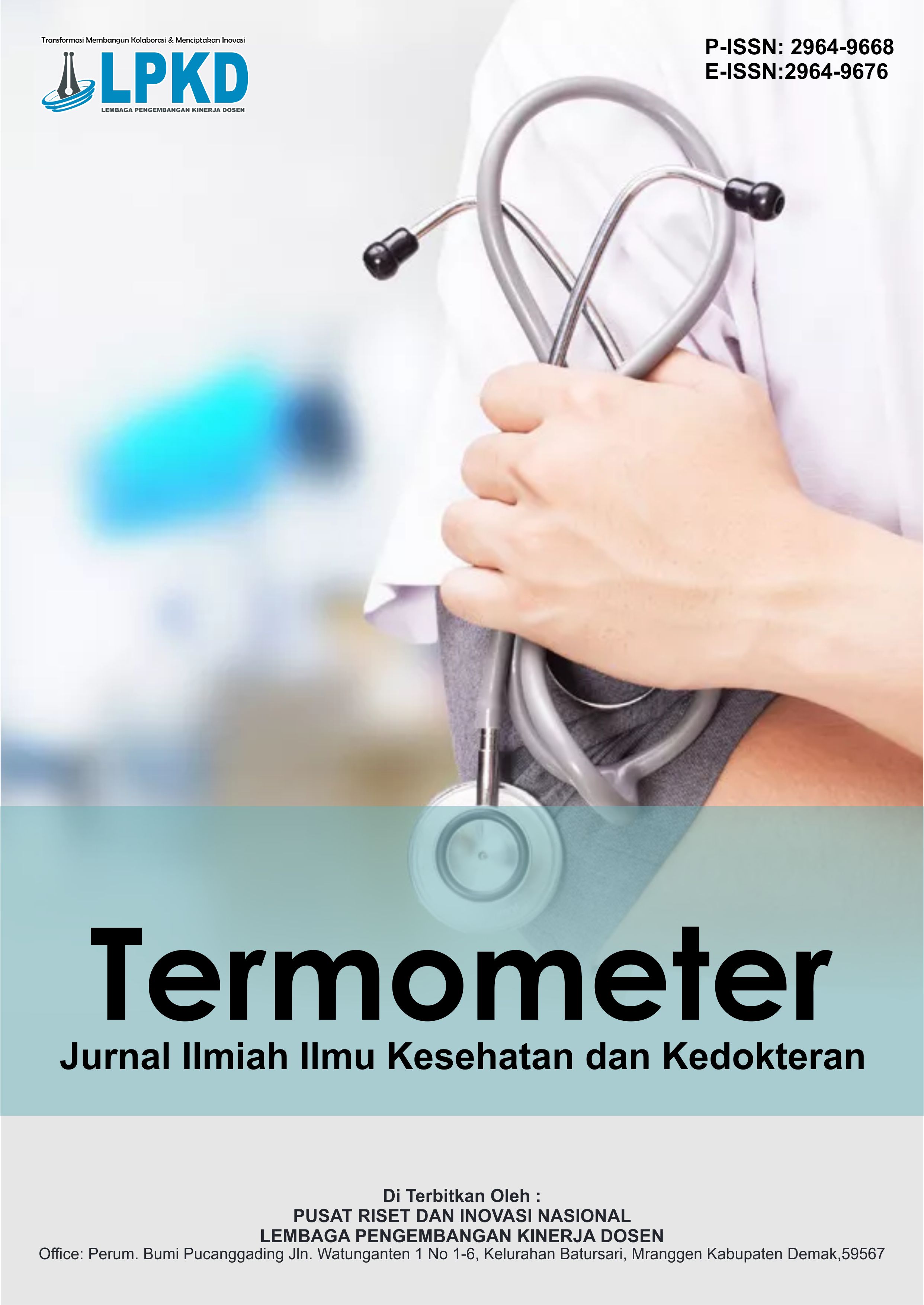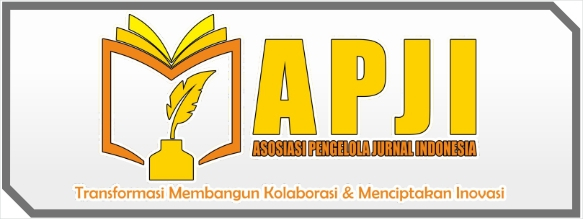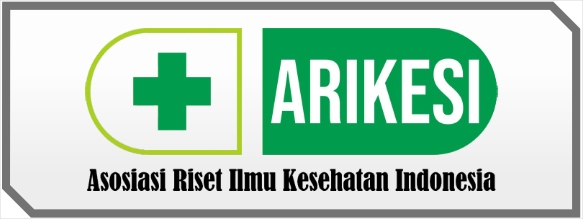Asuhan Keperawatan Pada Tn.A Dengan Gangguan Sistem Pernafasan Luka Trakheostomi
DOI:
https://doi.org/10.55606/termometer.v1i1.2695Keywords:
Nursing care, respiratory system, tracheostomyAbstract
Tracheostomy is the act of creating a stoma or hole so that air can enter the lungs by bypassing the upper airway. Tracheostomy can be performed as an operative procedure which aims to create a new airway in the trachea by making an incision or incision in the 2nd, 3rd, 4th tracheal rings. Case study design: The type of research used is a descriptive observational research design with a case study approach in patients diagnosed with respiratory system disorders, Tracheostomy wounds, namely a research design that includes an intensive study of one research unit: for example one patient, family group, group, or institution. Although the number of subjects tends to be small, the number of variables studied is very broad. The focus of this case study is "diagnosing respiratory system disorders with tracheostomy wounds. Types and methods of data collection and data collection techniques used in writing the results of this case study are primary and secondary data. The results show that the tracheal stoma post laryngectomy is a permanent tracheostomy. Tracheal cartilage is directed to the surface of the skin, attached to the neck. The rigidity of the cartilage keeps the stoma open so that a tracheostomy tube (canule) is not needed. Tracheal stoma without laryngectomy: is a temporary tracheostomy. The trachea and upper airway are intact but there is obstruction. A tracheostomy tube (canule) made of metal or non-metal is used (especially in patients who are receiving radiation and during.
Downloads
References
Aghakhani, N., Azami, M., Jasemi, M. et al.(2013). Epidemiology of Traumatic Brain Injur in Urmia, Iran. Iranian Red Crescent Medical Journal, vol.15(no.2), pp.173-4.
Arikunto, Suharsimi. 2010. Prosedur Penelitian Suatu Pendekatan Praktik. Jakarta: Rineka Cipta. Batticaca, F. B. 2008. Asuhan Keperawatan Pada Klien dengan Gangguan Sistem Persyarafan. Jakarta: Salemba Medika.
Davis, FA. Understanding Respiratory System. 2007.
Dharma, K.K. 2011. Metode Penelitian Keperawatan. Jakarta: Panduan MelaksanakanMenerapkan Hasil Penelitian. Deswani. 2009. Asuhan Keperawatan dan Berdikir Kritis. Jakarta: Salemba Medika.
Doenges, dkk. Rencana Asuhan Keperawatan. 2000. Jakarta : EGC
Gangguan Sistem Pernapasan. 2008. Jakarta : Salemba Medika.
Haddad, S.H., & Arabi, Y.M. 2010. Critical care manajementof severe traumatic brain injury in adults. Scan J Trauma ResuscEmerg Med 20 (12) :1-15.
Irawan H, Setiawan F, Dewi, DewantoG . (2010). Perbandingan Glasgow Coma Scale dan Revised Trauma Score dalam Memprediksi Disabilitas Pasien Trauma Kepala di Rumah Sakit Atma Jaya. Majalah Kedokteran Indonesia.http://indonesia.digitaljournals.org/diakses 20 Juni 2018
Medika. Musliha. 2010. Keperawatan Gawat Darurat. Yogyakarta: Nuha Medika.
Moleong, lexy j. 2010. Metodologi penelitian kualitatif. Bandung : Remaja Rosda karya
Muttaqin, A. 2008. Pengantar Asuhan Keperawatan Klien dengan Gangguan Sistem Persyarafan. Jakarta: Salemba
NANDA International. Nursalam. 2003. Konsep dan Penerapan Metodologi penelitian Ilmu Keperawatan. Edisi 2. Jakarta: Salemba medika.
NANDA. 2015. Nursing Diagnosis: Definition and Classification. Philadelphia:
Somantri, Irman. Keperawatan Medikal Bedah Asuhan Keperawatan pada Pasien dengan
Downloads
Published
How to Cite
Issue
Section
License
Copyright (c) 2022 Miftahul Jannah

This work is licensed under a Creative Commons Attribution-ShareAlike 4.0 International License.










